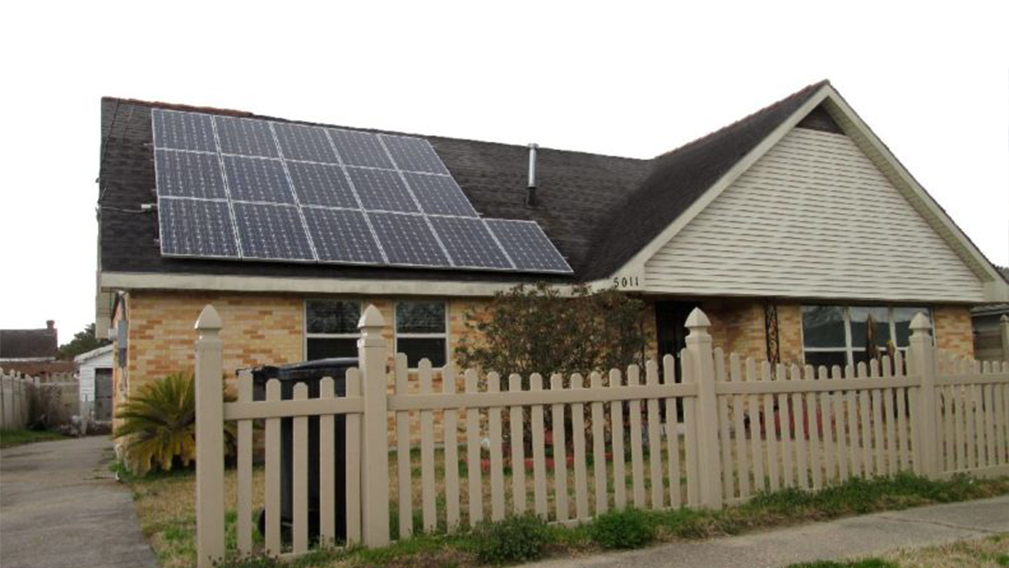Integrated Resilience Enhancement Solutions
GRI’s Integrated Resilience Enhancement Solution (I-RES) is applied to both communities and enterprises that exist and operate to provide the economic, civic, and social operational backbone upon which communities are built and depend. Enterprises may include businesses, hospitals, schools, NGO’s, and government entities. Specific processes and tools may vary between individual enterprises and communities but core I-RES deliverables and services include:
Community/Enterprise Resilience Overview: a high level description of the current state of critical functions and supporting processes and systems. This overview is used as a starting point for in-depth analysis and stakeholder validation.
Community/Enterprise Resilience Baseline Analysis & Report:
- Resilience Landscape: Building on the Overview the Resilience Baseline Analysis creates an in-depth description of the current state of relevant critical functions and supporting systems and their capacities, strengths, and vulnerabilities to stress and disruption in appropriate community, social, economic, personal, and/or enterprise context. The Baseline Analysis is heavily informed by comprehensive multi-stakeholder engagement.
- Investment Landscape: An analysis focused on those community/enterprise strengths that can be leveraged as foundations for investments in resilience enhancing initiatives.
- Opportunity Landscape: Recommended transformative suites of resilience enhancing investments – integrated sets of multi-dimensional initiatives that work synergistically to enhance community/enterprise resilience.
Integrated Resilience Enhancement Action Plan: Using the Baseline Analysis as a roadmap a comprehensive but realistic action plan is developed based on community/enterprise priorities, functional interdependencies, and constraints. The plan is presented in a 5-3-1 format – a five year vision, a three year strategic plan by quarter, and a rolling 12 month tactical implementation plan.
Project Impact Analysis: An optionally bi-directional impact analysis for specific projects of both:
- the predicted impact of the completed project on the overall resilience of the host community or enterprise offering data to inform/enhance project design
- the predicted impact of existing community or enterprise resilience on the proposed project offering data to potentially modify project design and scope.
Capital Funding Opportunity Analysis & Report: Comprehensive analysis of potential capital stack components and sources to support investment in resilience enhancing projects. In addition to self-funding, multiple government, private, and philanthropic programs and sources appropriate for different recommended suites of resilience enhancing initiatives as well as specific projects are included reflecting specific program requirements, constraints, processes etc.
Resilience Enhancement Implementation Support:
- Design and implementation support for resilience enhancement initiatives for critical functions, physical infrastructure, social, economic, and individual resilience enhancing programming and projects. Examples include focus on Supply Chain, Cyber Security, Business Continuity, Security & Safety, Energy, Telecom, Transportation, Water, Waste, Healthcare, Housing, Workforce, Economic Development, etc.
- Stakeholder Engagement: Convening and facilitation of appropriate stakeholders to gather input as well as educate and communicate on resilience risks and potential enhancement strategies and initiatives.
Performance Validation Analysis: Comprehensive pre- and/or post-investment validation that funded initiatives meet all performance, legal, and financial requirements and objectives for process and outcomes.
I-RES for Communities I-RES for Enterprises



